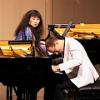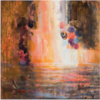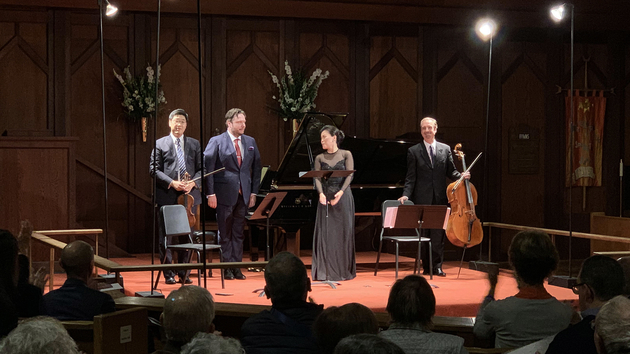
Music@Menlo’s first Focus Residency of the winter season was a session last week based on Russian music. The nominal topic under the title “Art Under a Tombstone” was the blossoming of Russian artistic creativity from the mid-19th century on, and how it was then oppressed by the Soviet regime. It isn’t possible to cover such a complex subject in a single chamber music concert, so guest curators and frequent Menlo performers Gloria Chien and Soovin Kim chose to spotlight three works from that history in the concert at St. Bede’s Church on Friday, Nov. 8. A general discussion session preceded it on the Menlo School campus on Thursday.
Chien on piano and Kim on violin were joined by Menlo’s co-artistic director David Finckel on cello for Tchaikovsky’s Piano Trio in A Minor, Op. 50. This is practically Tchaikovsky’s only chamber work for strings and piano, a combination he thought didn’t work until he tried writing one. It succeeded here as the instruments took independent lines but matched up in harmonic and dramatic effect.
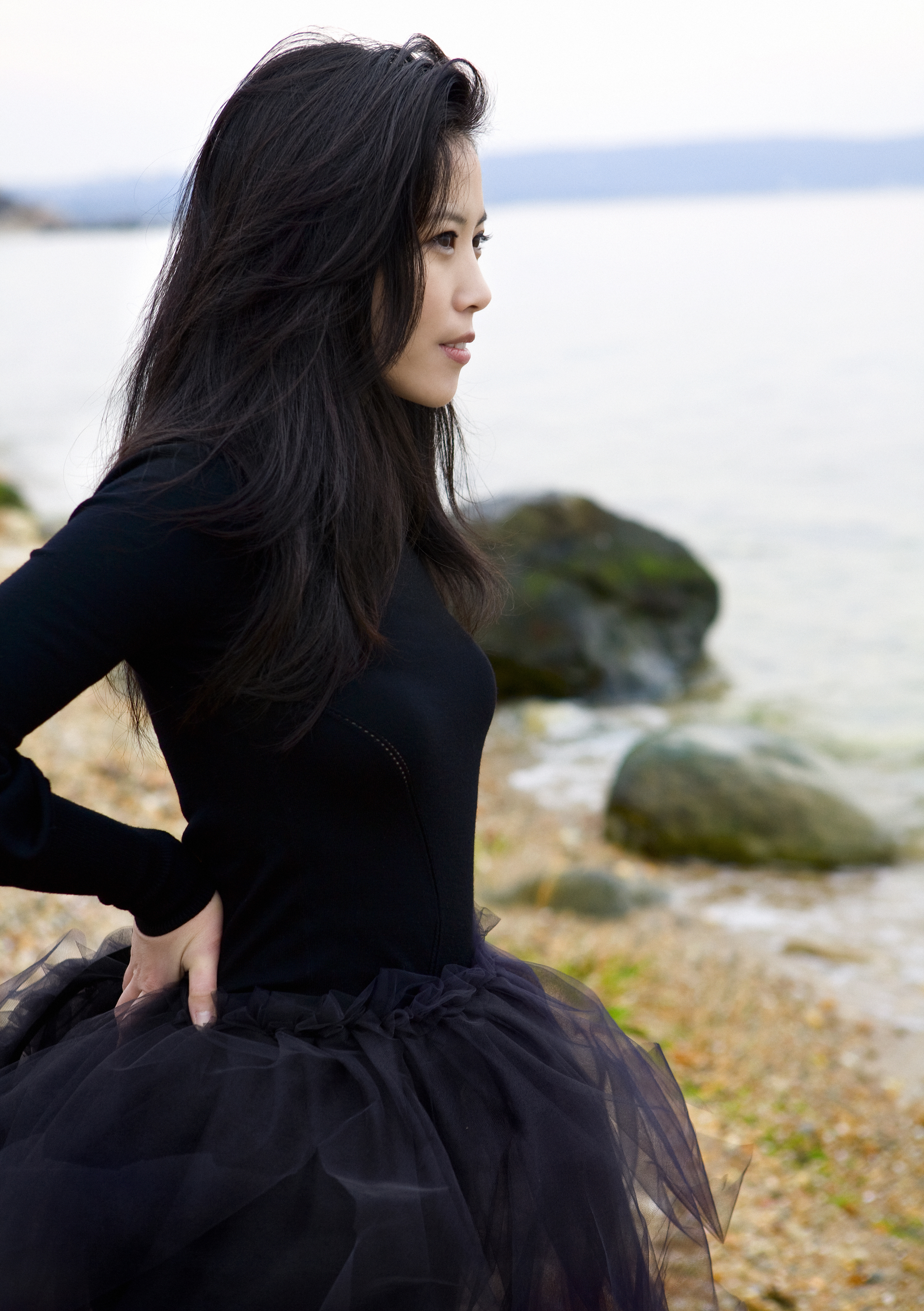
The first of the Trio’s two epically long movements received an outstandingly rich performance. The music began with a deep and mellow cello, a brightly warm violin, and with resonant chords from the piano. The music was urgently driven and full of flavor. A great dramatic moment came with the return of the opening theme. Originally introduced by cello, it was here played by Kim on violin with the darker tone previously heard on the cello, while Finckel wove a light decoration around it.
In the second movement theme and variations, each individual variation was fascinating for the varying roles that the instruments took up. While Tchaikovsky likes to use the violin and cello in canon or complementary contrast, he also makes sure the lines move together, and Kim and Finckel took up that aspect as though they were one. But the variations succeeded each other with formal separation, and the long movement did not add up to as much of a dramatic entity as the first movement had. The highlight was the return, near the end, of the first movement opening theme, a superior piece of melody to anything the second movement has to offer.
For the other half of the concert, the keyboard seat was occupied by Ignat Solzhenitsyn, making his first Menlo appearance. The repertoire was two works by Dmitri Shostakovich. His short one-movement Piano Trio No. 1 in C Minor, Op. 8, was long lost and had to be reconstructed from scattered manuscripts after the composer’s death. It was completed when he was a 17-year-old conservatory student in 1923, long before Stalin’s regime instituted oppressive artistic policies.
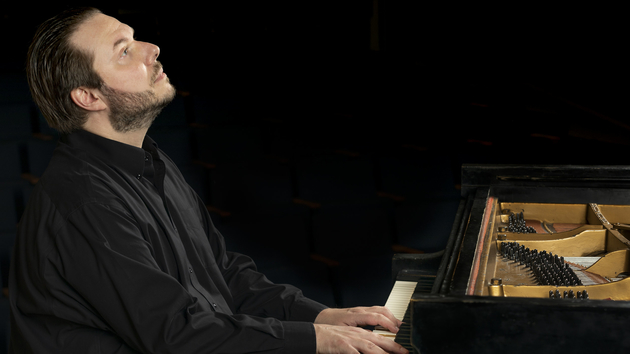
This performance, rather than emphasizing the kinship with Shostakovich’s later music that’s usually heard in this work, looked backward. The piece consists of a series of successive slow and fast sections. Here, in the slow sections, the string lines floated eerily, as if untied by any harmonic connection to the earth. The fast sections were inevitably jumpy and angular, but were also as lyric and full-bodied as Tchaikovsky.
Jumping past the entire Stalinist era, the concert then arrived at Shostakovich’s Seven Romances on Poems of Aleksandr Blok, Op. 127. By this time (1967), Shostakovich was facing death and writing bleak, hollow music in disregard of any political context. The voice is accompanied by a piano trio, but only in the last song do the instruments all play at once. Even then they hardly form an ensemble, so thin and widely separated is the scoring. The accompaniment in the earlier songs varies from counter-melodies woven by Kim or Finckel unaccompanied to plain but deep chords which Solzhenitsyn ruthlessly hammered out on the piano.
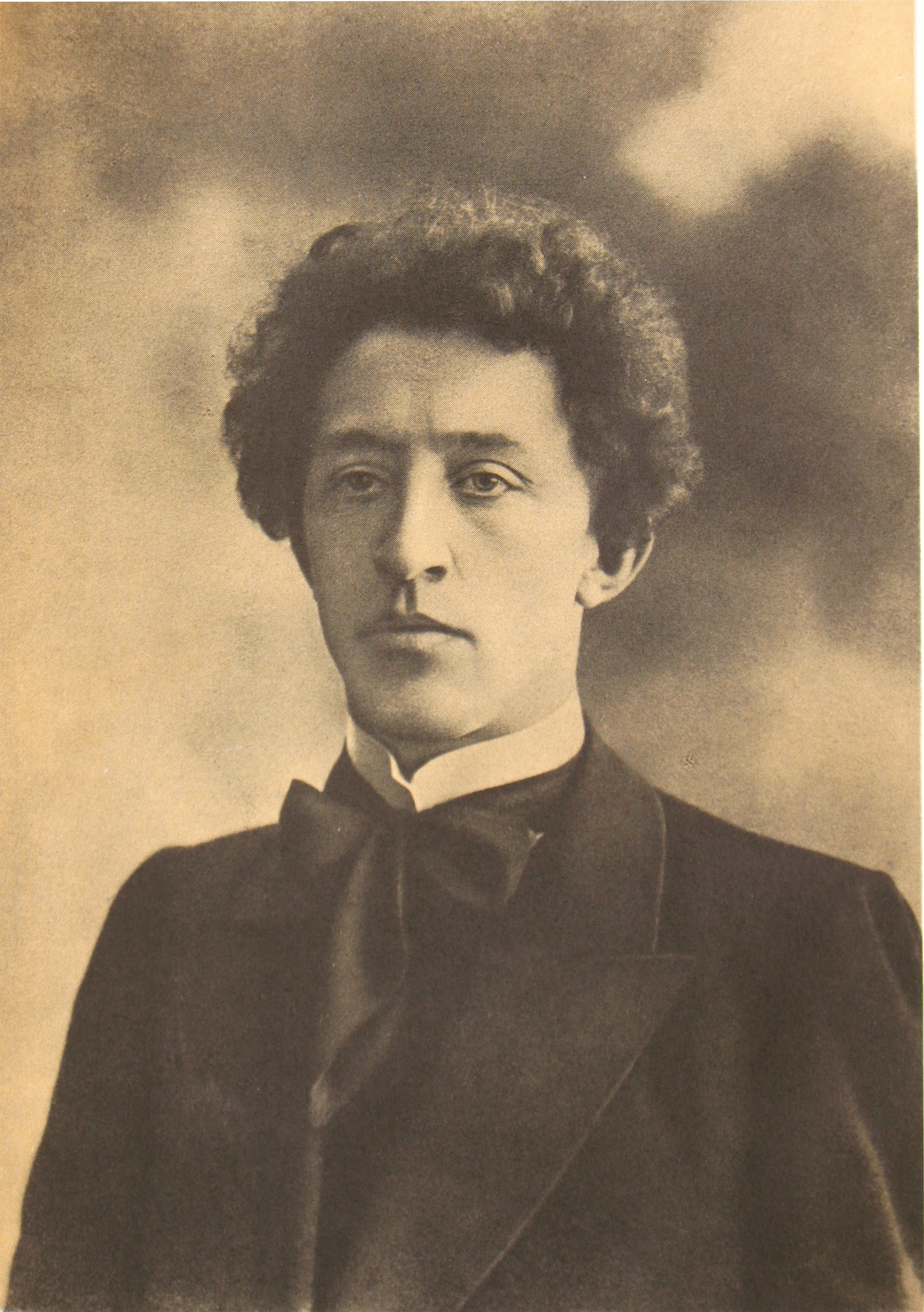
In the talk on Thursday, Solzhenitsyn suggested that Alexsandr Blok wrote his poems more for the sound of the language than for the meaning of the often-enigmatic words. Friday’s singer was soprano Hyunah Yu, also new to Menlo. Her voice is rounded and stately, more concerned with the tone and flow of the notes than in either enunciating the phonemes or expressing the meaning of the text. The vocal line varied from wandering thinly against the strings to angrily shouting against the loud piano. It was expressive, but less lyrical and melodic even than Shostakovich’s Trio, let alone Tchaikovsky’s.
The Romances were written for and dedicated to soprano Galina Vishnevskaya, and the cello part was originally played by her husband, Mstislav Rostropovich. This connection gave two of Friday’s performers the opportunity in Thursday’s talk to tell vastly amusing anecdotes about their own childhood connections with Rostropovich. Finckel was a self-appointed 11-year-old Rostropovich devotee, who showed up backstage after every concert the cellist gave on an East Coast U.S. tour. Solzhenitsyn knew Rostropovich as a friend of his father, the great writer Aleksandr. Hearing the boy playing the piano and judging him talented, Rostropovich whisked him off to no less a figure than Rudolf Serkin to arrange for his first lessons. Listeners may be grateful he ended up at Menlo, along with his colleagues.



